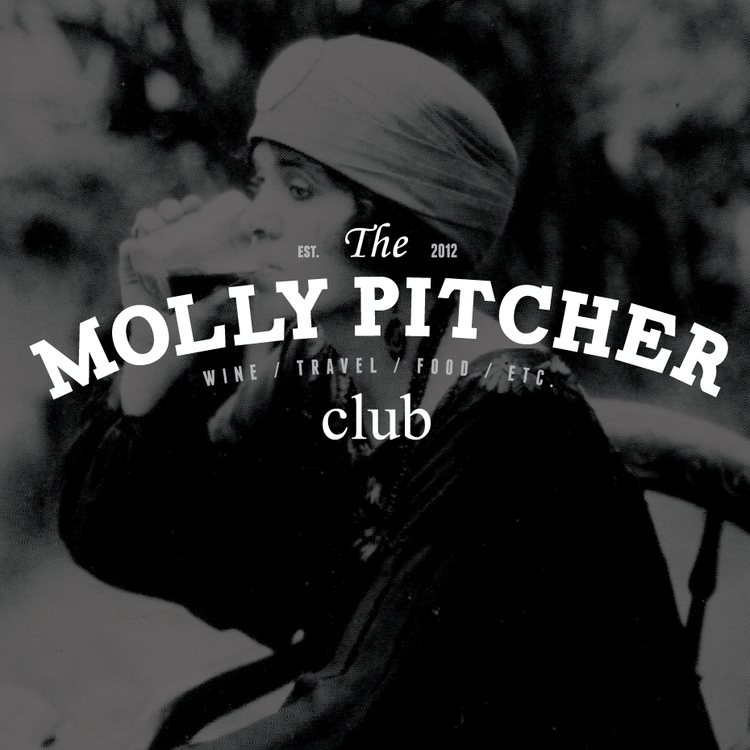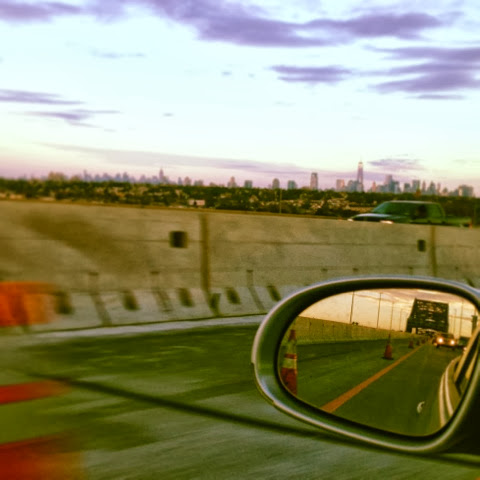Photo Source
Dear Enthusiasts! My latest travels have brought me to the fine state of Delaware. Some of you may know it from its nickname "The First State," or the state dessert... peach pie? (I'm partial to the Smith Island Cake of Maryland, its no competition right). If none of that refreshes your recollection on that awesomeness that is Delaware, this
Wayne's World clip
sums it up perfectly. (Shout out to my favorite, Vico, for originally sharing this pop culture gem with me!)
All joking aside - Delaware is a fun little state with a good sense of community. You may have heard, I have a tradition finding my favorite wine stores (and bars) when I visit a new place. You may ask, is this really worth it's own post? It's just a wine store... To those nay-sayers and skeptics, I scoff in your general direction!
The wine store is an essential neighborhood spot. The best ones have the perfect combination of selection, affordability, and knowledgeable (and approachable) staff. A great wine store will have a variety of wines to choose from. This doesn't mean millions of bottles, but at least a few carefully selected bottles from the major wine producing countries of the old
and
new world. However, this doesn't mean picking only the high-end bottles, but searching for those quality producers that offer affordable options (in the $10-$20 range). Finally, my favorite stores have great staff. People who know about wine, but also know how to talk about it in a normal (non-wine snob) way.
With all that in mind, here are the results for Wilmington, DE (in no particular order):
1. The Wine & Spirit Co of Greenville.
A smaller store, packed with carefully selected variety of wines (plus beer and spirits)! Super friendly staff! What pushed them over the edge was their thoughtful set up and wide array of affordable bottles.
2. Frank's Wine.
This store is packed with wine. If you can't find a bottle of something delicious in here, I will be a bit concerned. Loved the staff here as well. Only concern is that if you don't know what you want, the selection can be a bit overwhelming. Solution - go in with a game plan. (Or lots of questions! The staff is super knowledgeable!)
3. Kresto.
Affordability meets wide selection. This store has tons of wine and its neatly organized. Downfall - staff usually situated behind the counter, so you have to be outgoing if you need help.
4. Moore Brothers Wine Company.
If you want a rare bottle, head to Moore Brothers. They have several locations, including one in NYC. They are known for extreme climate control in the store
and
during shipment from producers (this means greater quality control). But, it also means less selection. So unless you know they have a specific bottle or are looking for a high quality recommendation, you may want to head somewhere else.
You are so jealous of Wilmington right now - aren't you?!
Cheers!













